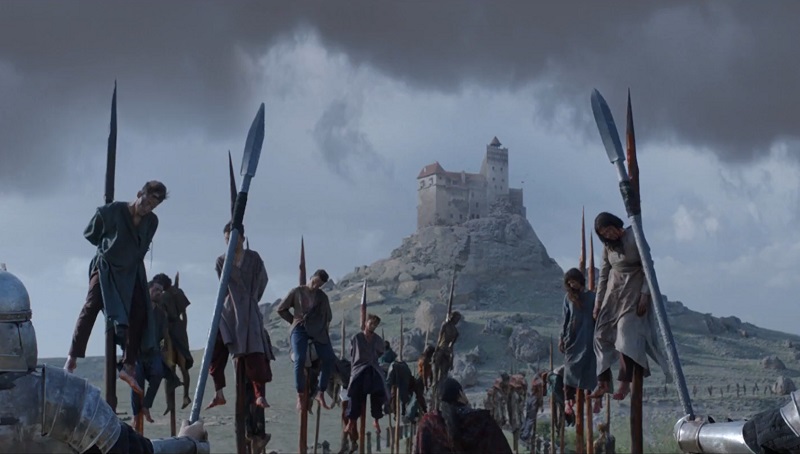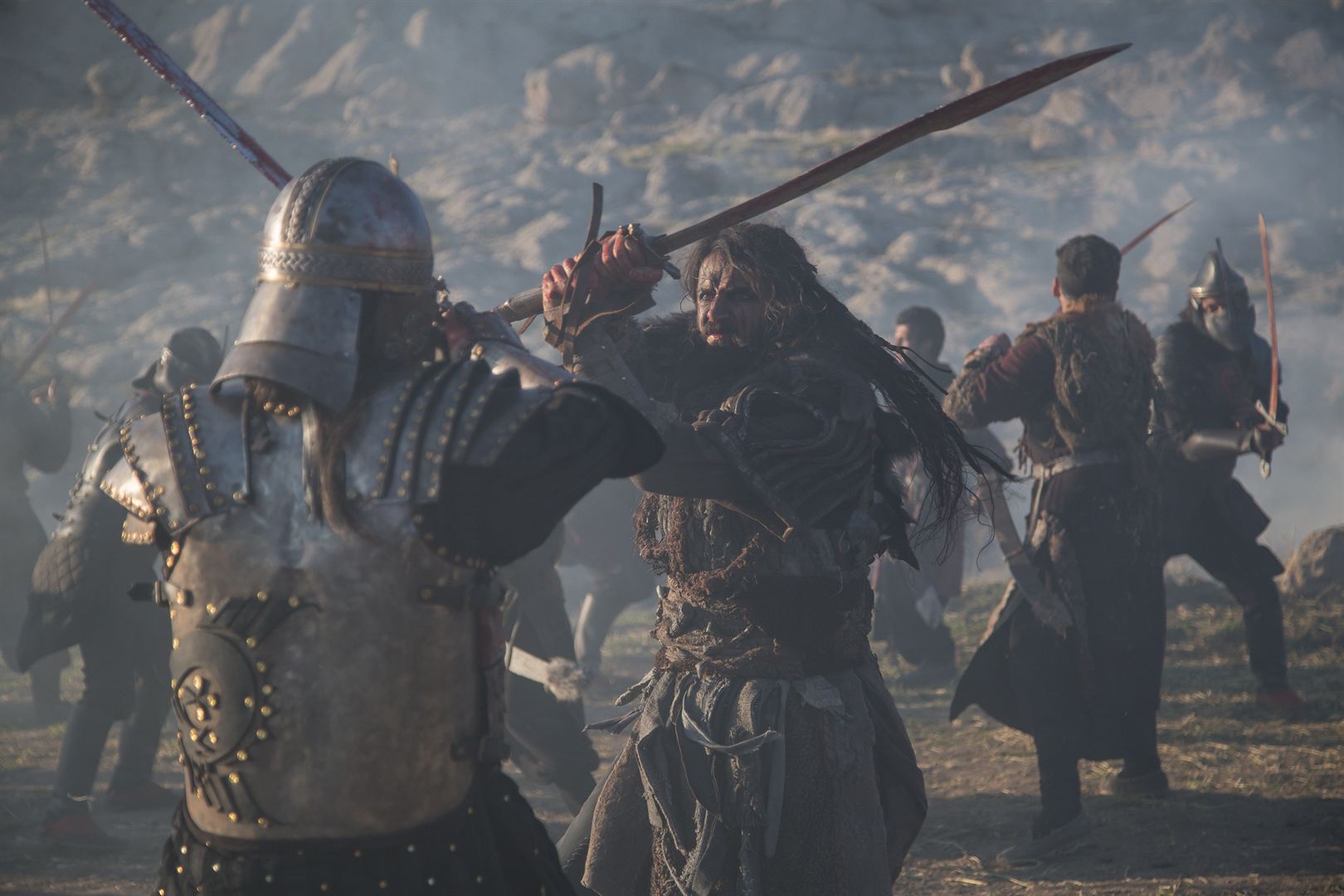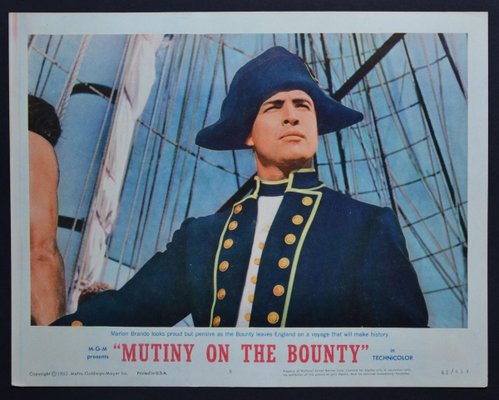Vlad the Impaler (2018): A Cinematic Glimpse into the Birth of a Legend
"Vlad the Impaler," a 2018 Turkish-Romanian historical horror-action film directed by Osman Kaya, delivers a grim and gritty portrayal of one of history’s most enigmatic and feared figures—Vlad III of Wallachia, also known as Vlad the Impaler. Loosely based on the real-life 15th-century prince who inspired Bram Stoker’s Dracula, the film attempts to blend historical drama with supernatural tension, ultimately offering a brutal narrative that explores the origins of a ruler remembered for both heroism and cruelty.
Set in the dark, chaotic days of the 15th century, the story begins with a group of Ottoman warriors sent on a mission deep into the forests of Wallachia to find and eliminate a rogue commander believed to be spreading rebellion. What they discover, however, is far more sinister: a hidden fortress ruled by a bloodthirsty young noble—Vlad—who has turned the region into a land of fear and death. Through the eyes of these soldiers, the audience is slowly introduced to Vlad’s horrific methods of punishment, his brutal philosophy of justice, and the psychological impact of his trauma-filled past.

Unlike many Western portrayals of Vlad as either a national hero or a supernatural monster, this film explores a grayer, more conflicted version of the man. Mehmet Ali Nuroğlu delivers a chilling and charismatic performance as Vlad, balancing the character’s intelligence, sense of justice, and cold-hearted brutality. His version of Vlad is not simply evil for the sake of evil but rather a product of betrayal, war, and relentless vengeance. This complexity adds emotional depth and psychological realism to what might otherwise have been a simplistic villain.
Visually, "Vlad the Impaler" is drenched in atmosphere, with fog-drenched forests, decaying castles, and blood-soaked battlefields that evoke a sense of medieval dread. The cinematography is tight and often claustrophobic, enhancing the tension as the soldiers slowly fall victim to Vlad’s traps and twisted sense of order. The production design successfully conveys the harsh and unforgiving world of 15th-century Eastern Europe, and the film's use of practical effects, especially in scenes of impalement and torture, reinforces the horror aspect with unflinching realism.

However, the film is not without its flaws. The pacing can be uneven, especially in the middle act where the plot stalls in favor of excessive flashbacks and repetitive scenes of torture. Additionally, some of the supporting characters lack depth and serve more as cannon fodder than as meaningful contributors to the story. Despite these issues, the film succeeds in building a haunting portrait of a man who chose terror as a means of control in an era where power was often won through cruelty.
In conclusion, "Vlad the Impaler" offers a harrowing and unromanticized look at one of history’s darkest figures. With its raw depiction of violence, moral ambiguity, and historical intrigue, the film stands as a compelling—if disturbing—entry in the growing genre of psychological historical horror. It challenges audiences to question the thin line between leadership and tyranny, justice and vengeance, and humanity and monstrosity.



-1754298186-q80.webp)
